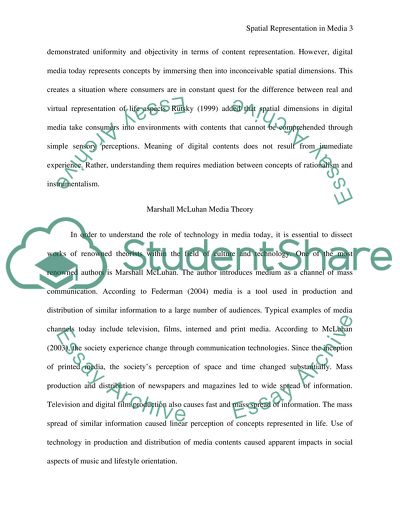Cite this document
(“How have media technologies changed our experience of space, and how Essay”, n.d.)
How have media technologies changed our experience of space, and how Essay. Retrieved from https://studentshare.org/visual-arts-film-studies/1640701-how-have-media-technologies-changed-our-experience-of-space-and-how-have-these-changes-been-represented
How have media technologies changed our experience of space, and how Essay. Retrieved from https://studentshare.org/visual-arts-film-studies/1640701-how-have-media-technologies-changed-our-experience-of-space-and-how-have-these-changes-been-represented
(How Have Media Technologies Changed Our Experience of Space, and How Essay)
How Have Media Technologies Changed Our Experience of Space, and How Essay. https://studentshare.org/visual-arts-film-studies/1640701-how-have-media-technologies-changed-our-experience-of-space-and-how-have-these-changes-been-represented.
How Have Media Technologies Changed Our Experience of Space, and How Essay. https://studentshare.org/visual-arts-film-studies/1640701-how-have-media-technologies-changed-our-experience-of-space-and-how-have-these-changes-been-represented.
“How Have Media Technologies Changed Our Experience of Space, and How Essay”, n.d. https://studentshare.org/visual-arts-film-studies/1640701-how-have-media-technologies-changed-our-experience-of-space-and-how-have-these-changes-been-represented.


